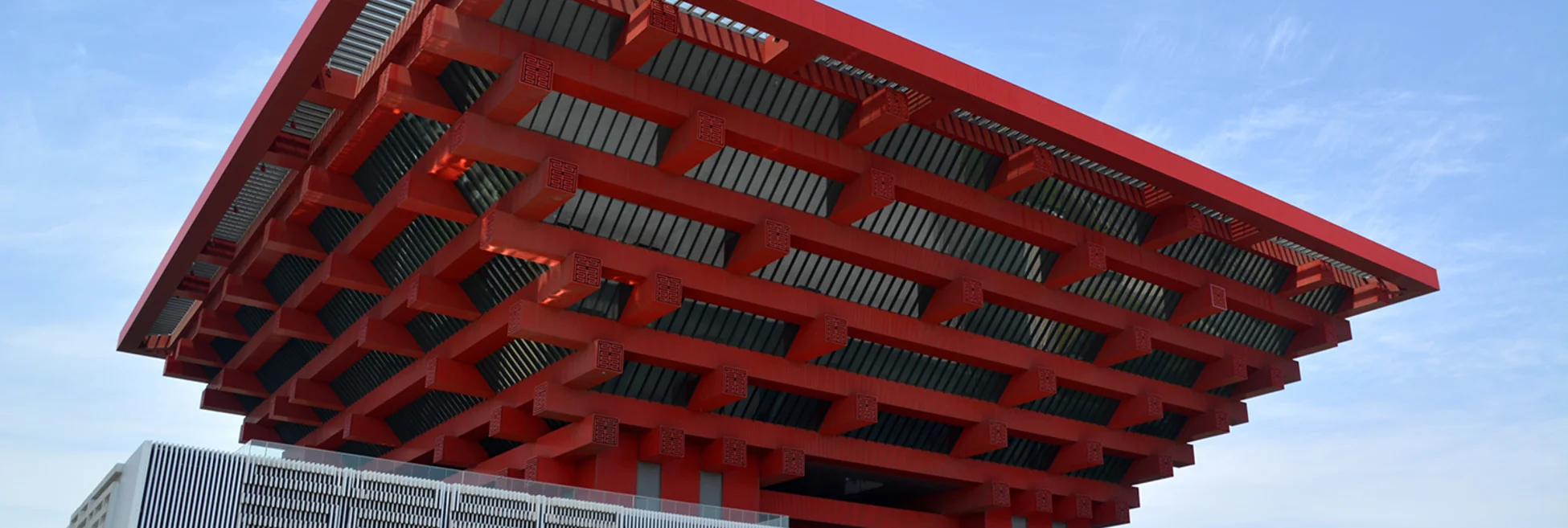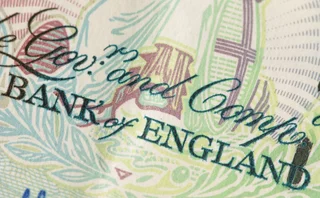

Global banks eye China’s structured products surge
Following a government crackdown on local products, foreign banks look to open joint ventures onshore
For investment banks eyeing a move into China’s glinting wealth management market, the stars seem to have lined up nicely.
A confluence of factors has led to an explosion in structured products, derivatives-linked investments sold by banks, in the first half of this year. China clamped down on traditional wealth management products, a trillion-dollar market hawking products that carried, if little else, an assumed guarantee against loss. Structured products, which can still offer some form of
Only users who have a paid subscription or are part of a corporate subscription are able to print or copy content.
To access these options, along with all other subscription benefits, please contact info@risk.net or view our subscription options here: http://subscriptions.risk.net/subscribe
You are currently unable to print this content. Please contact info@risk.net to find out more.
You are currently unable to copy this content. Please contact info@risk.net to find out more.
Copyright Infopro Digital Limited. All rights reserved.
As outlined in our terms and conditions, https://www.infopro-digital.com/terms-and-conditions/subscriptions/ (point 2.4), printing is limited to a single copy.
If you would like to purchase additional rights please email info@risk.net
Copyright Infopro Digital Limited. All rights reserved.
You may share this content using our article tools. As outlined in our terms and conditions, https://www.infopro-digital.com/terms-and-conditions/subscriptions/ (clause 2.4), an Authorised User may only make one copy of the materials for their own personal use. You must also comply with the restrictions in clause 2.5.
If you would like to purchase additional rights please email info@risk.net
More on Markets
European investors ramp up FX hedging as ‘dollar smile’ fades
Analysts at one bank expect average hedge ratios to jump from 39% to 70% within six months
CLO market shakes off ETF outflows
Despite record redemptions, exchange mechanics and relatively small volumes cushioned impact
Pension funds hesitate over BoE’s buy-side repo facility
Reduced leveraged and documentation ‘faff’ curb appetite for central bank’s gilt liquidity lifeline
Wells Fargo’s FX strategy wins over buy-side clients
Counterparty Radar: Life insurers looked west for liquidity after November’s US presidential election
How BrokerTec, MarketAxess fared during Treasury rout
Electronic bond trading platforms see spike in volumes and small growth in market share, Risk.net analysis shows
Tariff volatility pushes banks to tighten close-outs
Lawyers say dealers are looking to update playbooks for terminating derivatives trades
Dodging a steamroller: how the basis trade survived the tariff tantrum
Higher margins, rising yields and stable repo funding helped avert another disruptive blow-up
SG’s Ungari swaps research for structuring in new QIS role
Veteran researcher and strategist ‘putting things into action’ with new remit







